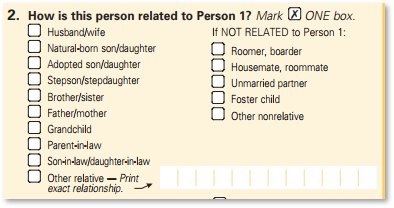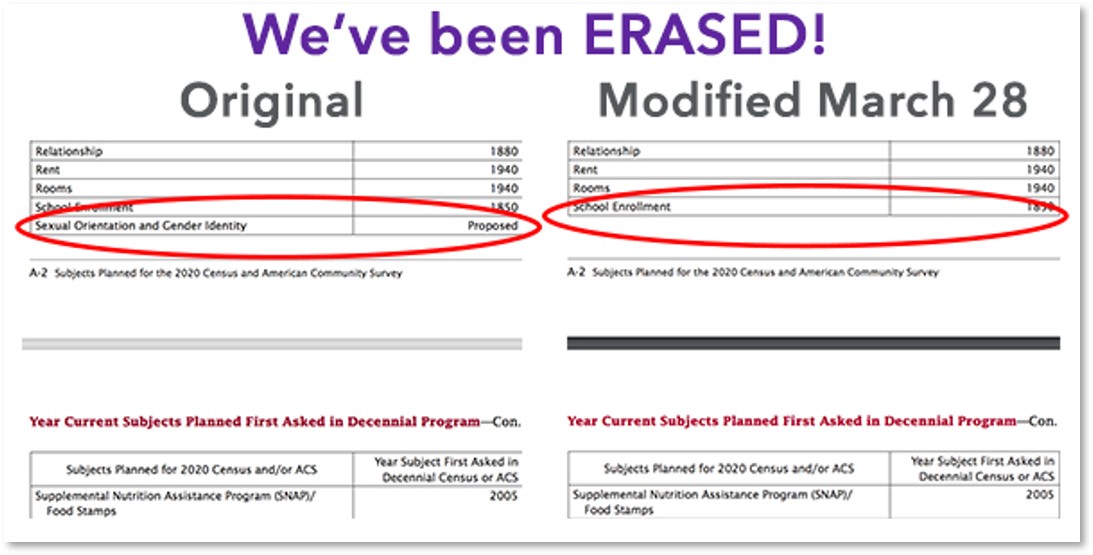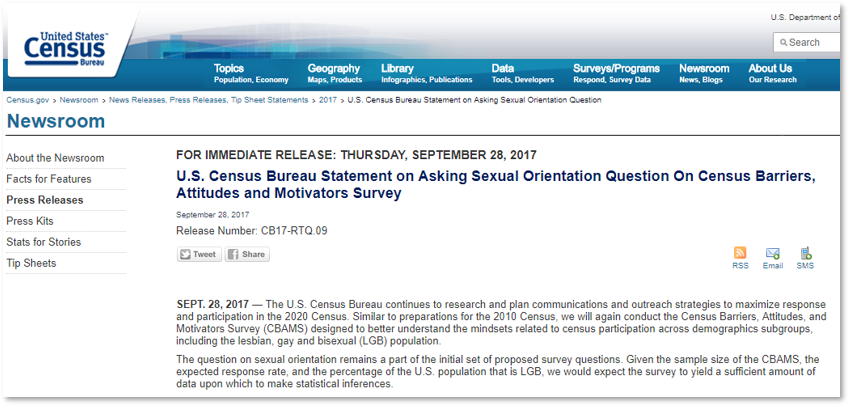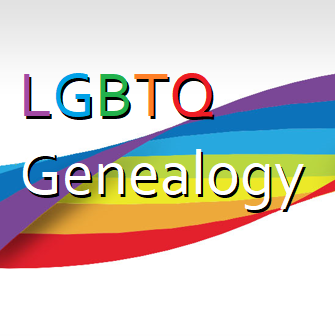LGBTQ in the U.S. Census: Tracing the Evolution of Inclusion and Exclusion
In previous discussions, we’ve explored clues supporting the possibility of ancestors being LGBTQ. We’ve also delved into the use of “Partner” in 20th-century census records as a potential identifier for LGBTQ relationships. However, the LGBTQ history in the U.S. Census goes beyond these nuances.
In the 1990 Census, a misguided edit was applied to same-sex couples who had checked “husband/wife.” For instance, if my husband and I had filled out the 1990 census, with him as person 1 and male, and me as person 2 and male, the Census Bureau edits would change my sex to female if the “Husband/wife” checkbox was marked (See Image 1).
Lobbying efforts by LGBTQ groups prompted a policy change in the 2000 Census. Same-sex “Husband/wife” couples were edited to “unmarried partners” without altering the recorded sex of the second partner. This editing change in 2000 partly explains the significant increase of “unmarried partners” in the 1990 data, reflecting a growing willingness among LGBTQ individuals to identify their relationships.
Looking ahead to the 2020 U.S. Census, Sexual Orientation and Gender Identity were proposed questions for the American Community Survey (ACS) for the first time. However, in a revision on March 28, 2017, this proposed question was removed (See Image 2). The Census Bureau claimed it was included by mistake, asserting there was “no federal data need,” despite multiple federal agencies requesting this data.
Responding to pressure from the LGBTQ Task Force, the U.S. Census Bureau plans to include the question on sexual orientation in the Census “Barriers, Attitudes, and Motivators Survey” (CBAMS). While the CBAMS is not as extensive as the ACS, it aims to understand why certain individuals, especially in “hard to count” populations, choose not to participate in the census (See Image 3).






